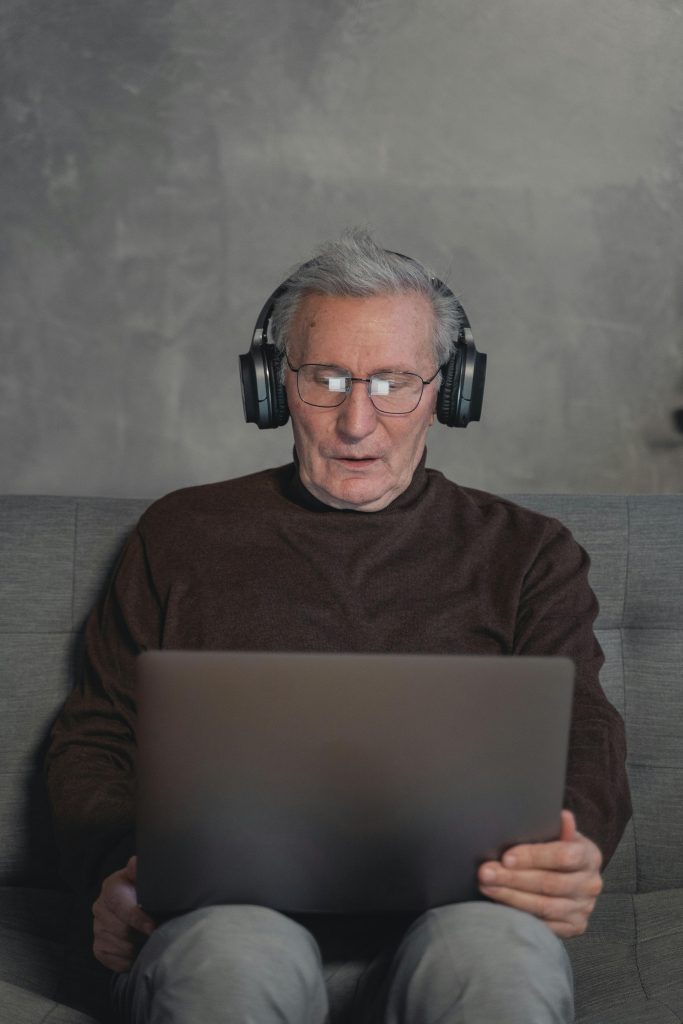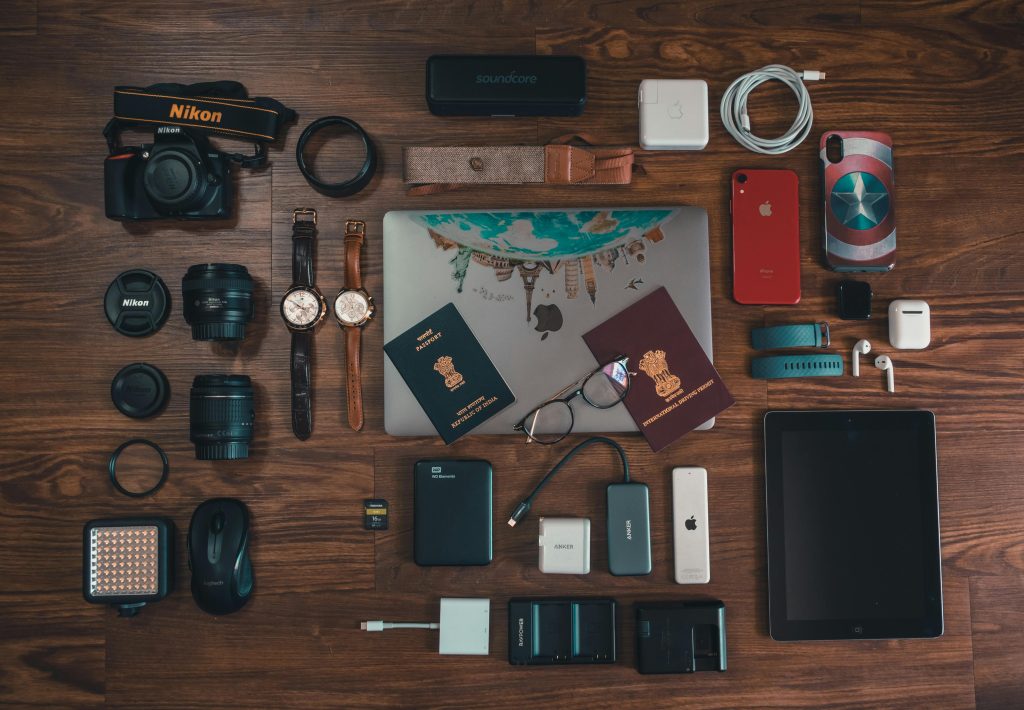Understanding and Troubleshooting Unexpected PC Shutdowns During Boot
Many users encounter sporadic computer shutdowns during the system’s startup process, which can be both perplexing and disruptive. If your PC powers off unpredictably at various loading stages, it’s essential to methodically diagnose the underlying causes. This guide will walk you through common issues and practical steps to identify and resolve the problem.
Recognizing the Symptoms
Problems can manifest in different ways, including:
– Immediate shutdown during the initial BIOS or POST phase.
– Shutdown occurring after reaching the login screen or desktop.
– System freezing followed by shutdown without warning.
Such inconsistent behavior suggests underlying hardware or configuration issues that require careful examination.
Potential Causes and Troubleshooting Strategies
- Hardware Instability or Damage
Relocating your PC over long distances can subject hardware components to physical stress, vibration, or static, possibly leading to loose connections or damage. Inspect your hardware physically: - Check all internal cables and connectors to ensure they are secure.
- Verify that RAM modules are properly seated.
-
Examine the condition of the graphics card and other expansion cards.
-
Power Supply Concerns
An unstable or failing power supply can cause sudden shutdowns, especially under load during startup. Consider testing with a known-good power supply if available. -
Overheating and Cooling Issues
Overheating components, such as the CPU or graphics card, may trigger shutdowns to prevent damage. - Ensure fans are operating correctly.
- Clean dust from heatsinks and filters.
-
Monitor temperatures during startup, if possible.
-
BIOS and Firmware Problems
Corrupted BIOS settings or firmware issues can result in startup failures. - Reset BIOS settings to default.
-
Update BIOS to the latest version provided by your motherboard manufacturer.
-
Peripheral Interference
Peripherals and connected devices can sometimes cause conflicts. - Disconnect non-essential peripherals.
-
Test the system with minimal hardware attached.
-
RAM and Graphics Card Testing
Your attempts of isolating RAM sticks and removing the graphics card are good troubleshooting steps. - If removing the graphics card stabilizes the system, it points to a potential GPU issue.
- Testing each RAM stick individually helps identify faulty modules.
Additional Recommendations
- Power Cycle: Completely shut down the system, unplug from power, wait a few minutes, and then restart.
- Check for BIOS Error Codes: If your motherboard displays error codes or beeps, consult the user manual for interpretation.
- Review Event Logs: If the system reaches the desktop before shutting down
Share this content:



